Rocook
Interested in discovering low-temperature cooking with El Celler de Can Roca?
“We will be talking a lot about flavour, about textures, about respect towards the food, about method and about versatility. I hope you enjoy this adventure.” - Joan Roca.
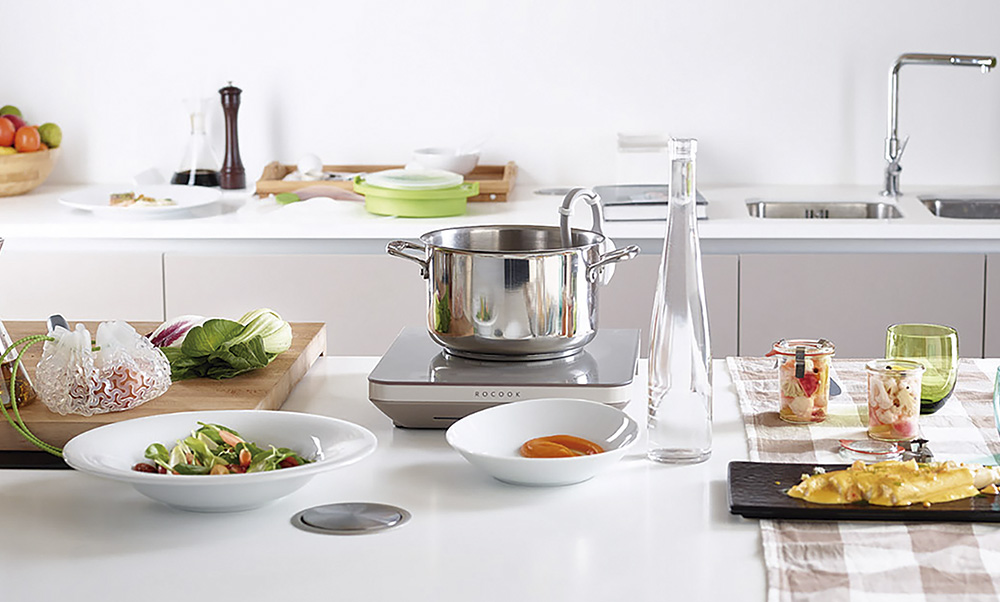
Rocook is a project by El Celler de Can Roca to share our experience and knowledge of low-temperature cooking with you. We want to guide you through this technique step by step so that you can enjoy all its benefits at home.
Low-temperature cooking has existed for thousands of years, but thanks to technological advances, today we can cook at low temperatures with much more precision, controlling the exact minutes and degrees at which we cook.
The low temperature allows you to better preserve the original flavour of food, its nutritional properties and achieve surprising textures.
With Rocook, we will guide you so that you can put into practice all the techniques of low-temperature cooking simply and practically in your own home.
So, here we are, ready and eager to embark on this journey together.
Shall we begin?
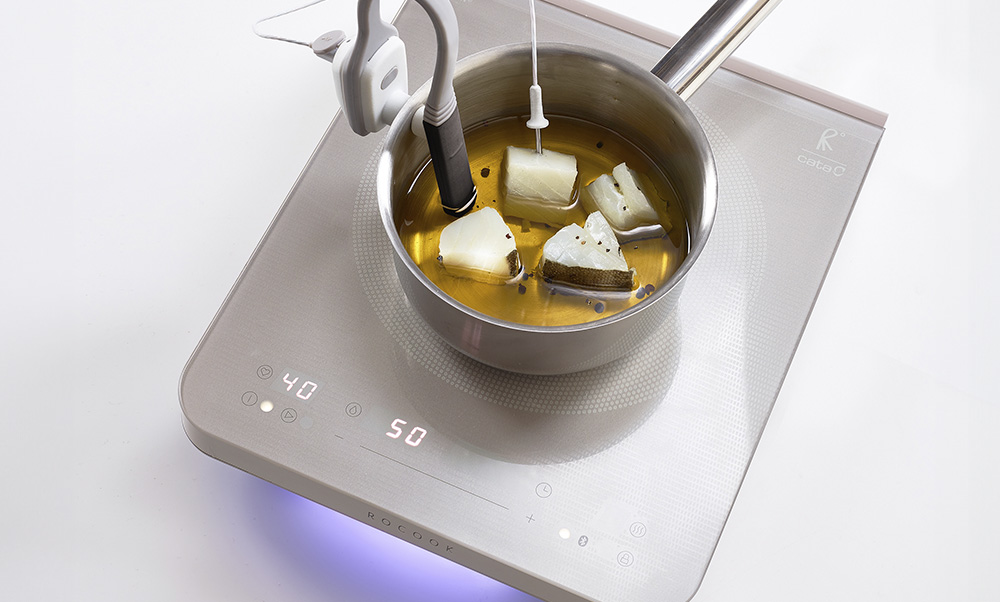
Precision in cooking
The significant advantage of low-temperature cooking is the precision with which you can control cooking time and temperature. Forget about overcooking food, losing its nutritional qualities due to high temperatures and ending up with dry textures. With low temperature, you can cook any product to its optimum point.
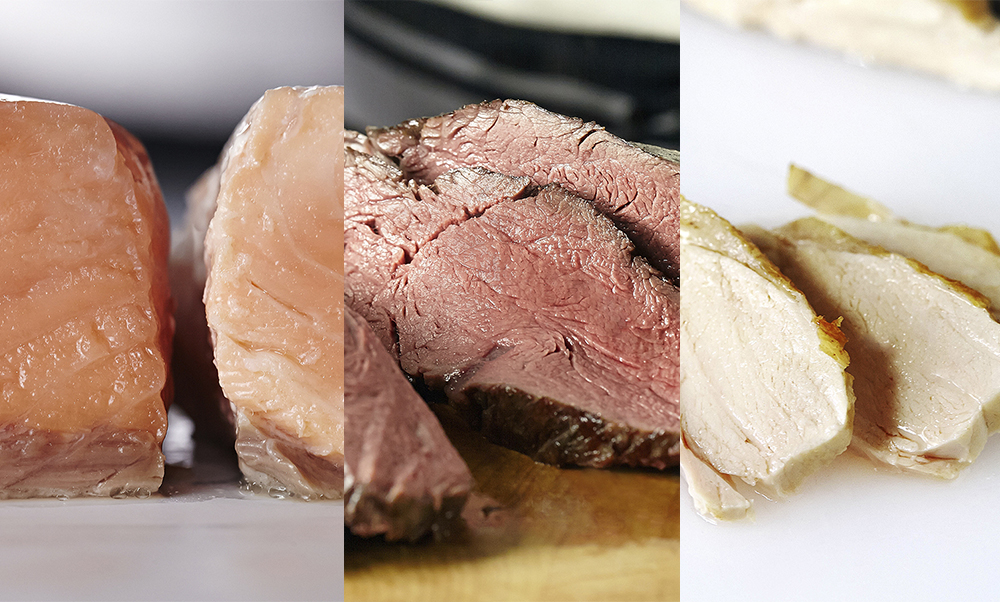
Stunning textures
You will be amazed. With low temperature, there is a before-and-after transformation in the texture of food. Meats become more succulent, vegetables juicier and fish can almost be eaten with a spoon. Thanks to gentle cooking, foods retain their juices and their flesh becomes more tender without losing its original flavour.
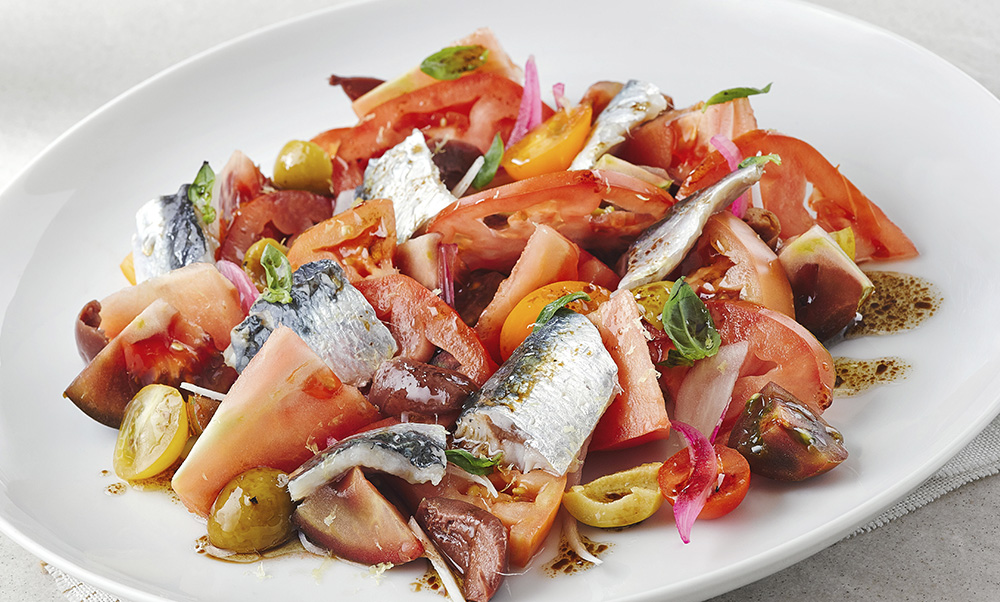
Healthy eating
With low temperature, you’ll prevent foods from losing the most temperature-sensitive nutrients and help them retain their nutritional qualities better. Additionally, if you cook ingredients such as vegetables sous vide, they do not come into direct contact with the water, so the foods retain all their natural vitamins and mineral salts. This means you avoid the need to add salt.
Awaken your senses
At home, you’re the chef
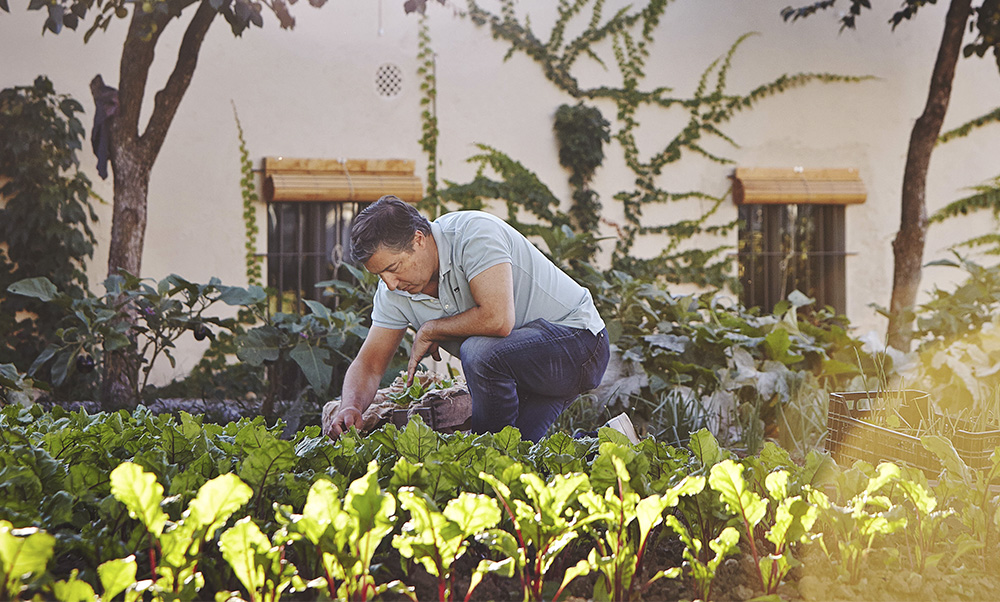
Rocook is a project by El Celler de Can Roca, allowing you to enjoy the benefits of low-temperature cooking at home. Experience astonishing flavours and textures, respect for the nutritional properties of food and achieve excellent results through precise control of cooking time and temperature.
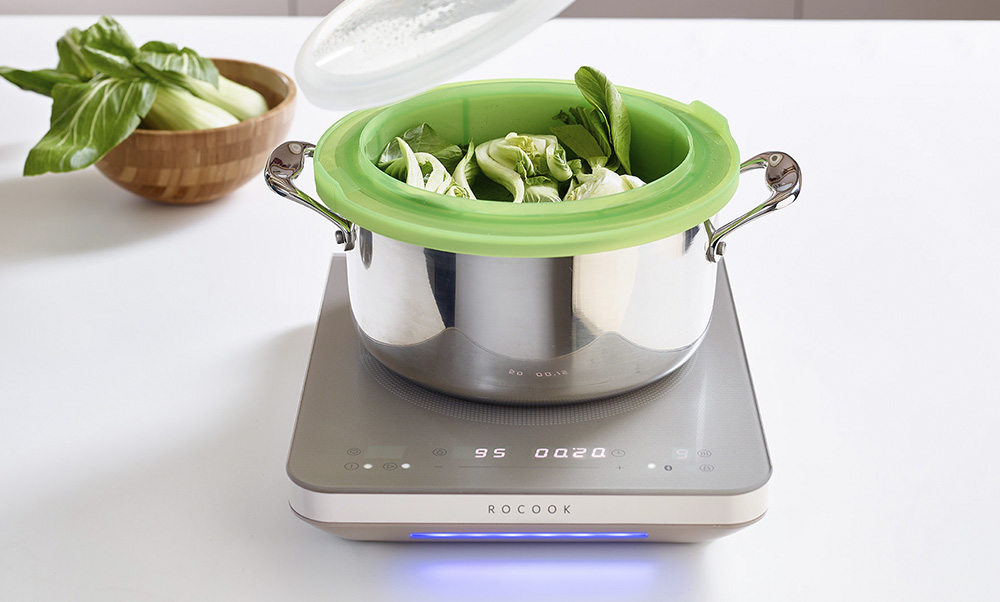
The goal of Rocook is to guide you on how to cook simply and successfully at low temperatures through this website and the book “Low-Temperature Cooking with Joan Roca”. We also provide the necessary equipment and utensils to make cooking with this technique easy and enjoyable at home.
Comprehensive solution
With Rocook we teach you what low-temperature cooking is, how you can do it at home, offer recipes, ideas and tricks and provide all the utensils and equipment you need.
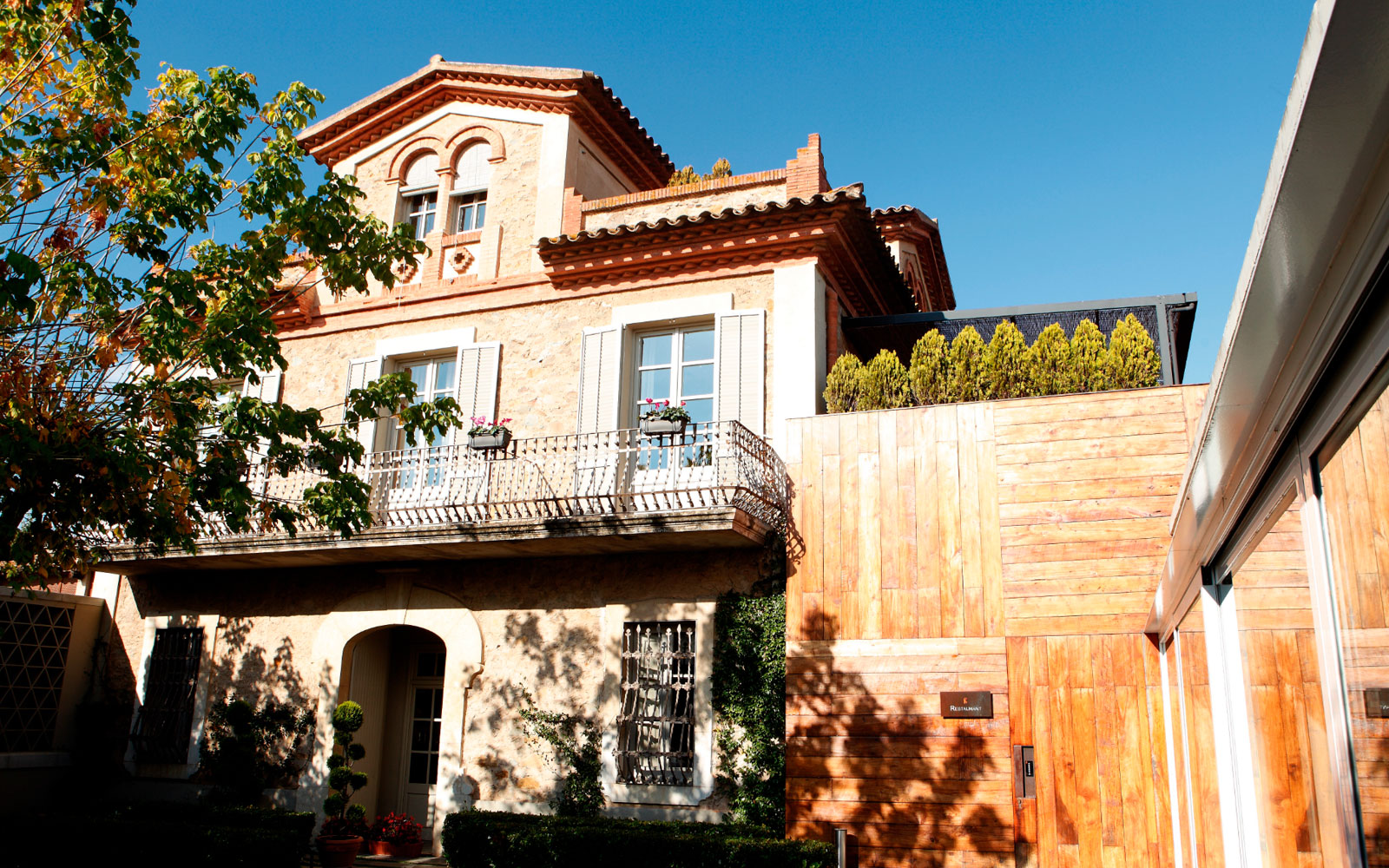
El Celler de Can Roca
Rocook opens the doors to understanding the cuisine of El Celler de Can Roca, sharing years of experience to make low temperature just another technique in your kitchen.
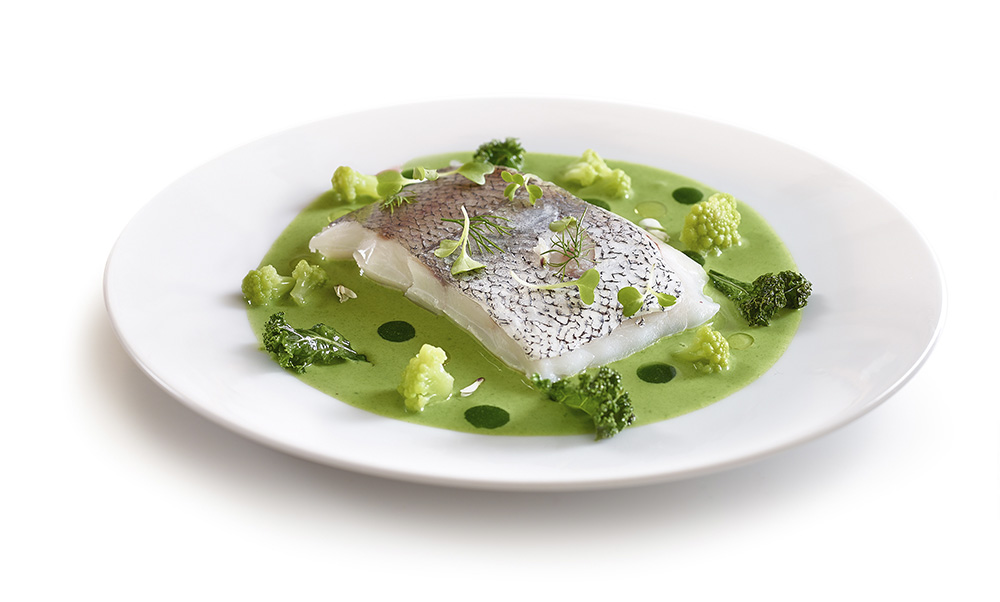
Precision and quality
These are two basic principles of low-temperature cooking and of the Rocook project. The idea is to learn to cook with respect for the product and precision in the processes.

You are about to begin

LOW TEMPERATURE
Understanding low-temperature cooking
When we talk about low-temperature cooking, we simply mean cooking at gentle temperatures. That is, temperatures ranging between 50° and a maximum of 100°C.
There are different ways to cook at low temperatures, but the most commonly used are four: dry – usually using the oven – in liquids – immersing food in a liquid like oil, broth, marinade or sauce – steaming, or in recipients – sous vide or otherwise.
But what is more important in the four techniques is knowing precisely at what degrees and for how long we will cook the food to achieve its best cooking point.
How?
By trying to ensure that the cooking temperature closely resembles the temperature we are aiming for inside a food (at the core) when we consider it to be at its optimum cooking point. The time and temperature charts tell us how to do this easily.
The secret: the time-temperature relationship
We all know from experience that the cooking point of food has a lot to do with the success of a preparation. The secret lies in a proper relationship between cooking time and temperature (T&T). This is the key factor. In other words, to enhance the characteristics of food to the fullest, it is essential to determine correctly at what temperature and for how long we will cook it.
It is important to consider that some foods are more sensitive to temperature than others, so a degree or just a few extra minutes will affect them more. Also, sometimes, we can cook the same food using different T&T values to achieve similar results.
In any case, the most important thing is to find the correct relationship between time and temperature, starting from the general idea that the lower the temperature, the longer the cooking time, but the more respectful the heat transmission to the food will be, which is the basis of this cooking technique.
To make it easy, we offer you charts of times and temperatures based on our experience, which will indicate these T&T parameters for each type of product.
Benefits of low temperature
Precision in cooking
The most evident advantage of low-temperature cooking is the precision achieved through time and temperature (T&T) control. The goal is to reach the optimum cooking point and forget about overcooking food, compromising its flavour, texture and nutritional qualities.
Stunning textures
One of the most surprising aspects is the variety of textures we can achieve. Meats become more succulent, vegetables juicier and fish can almost be eaten with a spoon. Thanks to gentle cooking, foods retain their juices and their flesh becomes more tender without losing its original flavour.
Genuine flavours and healthy foods
Low temperature helps preserve the nutritional qualities of foods by preventing the loss of nutrients sensitive to high temperatures. Additionally, if you cook ingredients such as vegetables sous vide, they do not come into direct contact with the water, so the foods retain all their natural vitamins and mineral salts. This means you avoid the need to add salt.
No oxidation
In the case of sous vide cooking, a significant advantage is preventing the oxidation and rancidity of some foods that, when exposed to oxygen, deteriorate or discolour. For example, when cleaning and cutting artichokes, which turn dark upon contact with air.
Rediscovery
Traditional recipes and humble ingredients become gastronomic gems with low-temperature cooking. Try simple chicken wings, horse mackerel or an egg. Or explore classic recipes like a lamb shoulder slowly cooked at low temperature. You will surely discover new textures and aromas previously unknown.
CHARTS
Time and temperature charts
When cooking at low temperatures, our goal is to closely match the cooking temperature to the temperature reached inside the food (core product temperature) when we consider it to be at its optimum cooking point. Experience has allowed us to create charts featuring different time-temperature (T&T) values to guide you during cooking.
The charts below have been prepared considering the following aspects:
- The temperatures indicated are reference values for a liquid cooking medium.
- The initial temperature of the food to be cooked is 5°C (refrigerator temperature).
- Many foods have a distinct endpoint that indicates the necessary cooking point.
- When two temperature-time options appear, it means that there are two cooking alternatives with similar results.
- For some foods, there is the option to cook using two methods:
a) controlling the cooking medium temperature + cooking time.
b) controlling the cooking medium temperature + the core temperature of the food.
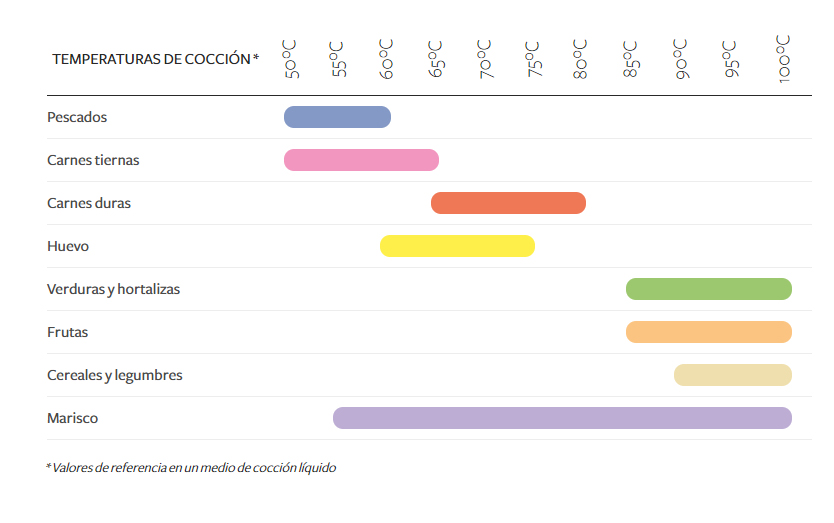

What are you cooking today?
Recipes
Rocook offers you recipes of various levels illustrated with videos or photographs so that you can enjoy cooking at low temperatures.
FAQs
We have compiled a list of frequently asked questions to help resolve any doubts you may have.
No, any cookware suitable for induction is suitable for cooking with Rocook Induction. Just remember that the minimum diameter of the base of the container should be approximately 13 cm. It is not advisable to use containers with a base larger than 23 cm.
Its function is to control the cooking point inside the food with Rocook Induction. We control the temperature of the cooking medium to cook the food until it reaches the optimal temperature inside (at the core).
Yes, it is always necessary to set the temperature of the cooking medium as it determines the heat transmission temperature to the food. In the case of using the core temperature probe, it will indicate when to stop cooking, which is when the food reaches the desired core temperature.
- The temperature range when cooking with a liquid cooking medium is between 20°C and 180°C.
- The temperature range for the inside of the food (core temperature) is between 20°C and 85°C.
Yes, with Rocook Induction, you can cook by power levels, similar to a traditional induction hob, or with precise temperature control.
Rocook Induction also allows you to cook recipes you’d typically prepare in a slow cooker, but with three main differences. Firstly, Rocook Induction offers the possibility to precisely programme the degrees of the preparation, while a slow cooker normally offers 2 or 3 temperature levels, and the cooking is not very precise. Secondly, Rocook Induction allows you to cook with other types of low-temperature cooking as well as by power levels. Lastly, Rocook Induction offers the possibility of cooking by controlling the core temperature of the food.
Glass: We recommend cleaning Rocook Induction after each use. Avoid using scratching sponges and abrasive agents, as well as aggressive cleaning products. For a thorough cleaning, you can use a sponge to remove embedded dirt. When the glass is cool, you can pour a few drops of a specific cleaning product for ceramic hobs and wipe with a paper towel or clean cloth. Then, rub the glass with a damp cloth and dry it with a clean one or a sponge.
Sensor and probe: Clean with a damp cloth. Do not put them in the dishwasher!
For the proper operation of the medium temperature sensor, a minimum of 2 cm of liquid is needed (equivalent to half a litre in a container with a Ø15 cm).
Devices with Bluetooth 4.0 (Bluetooth low energy) can be programmed. The Rocook app is available for both iOS and Android systems.
The manufacturer (CATA Electrodomésticos) guarantees the conformity of this product, for a period of two years for home use and one year for professional use from the date of the invoice, sales receipt or delivery note (in the case of mail order purchases), which must clearly indicate the purchased appliance.



